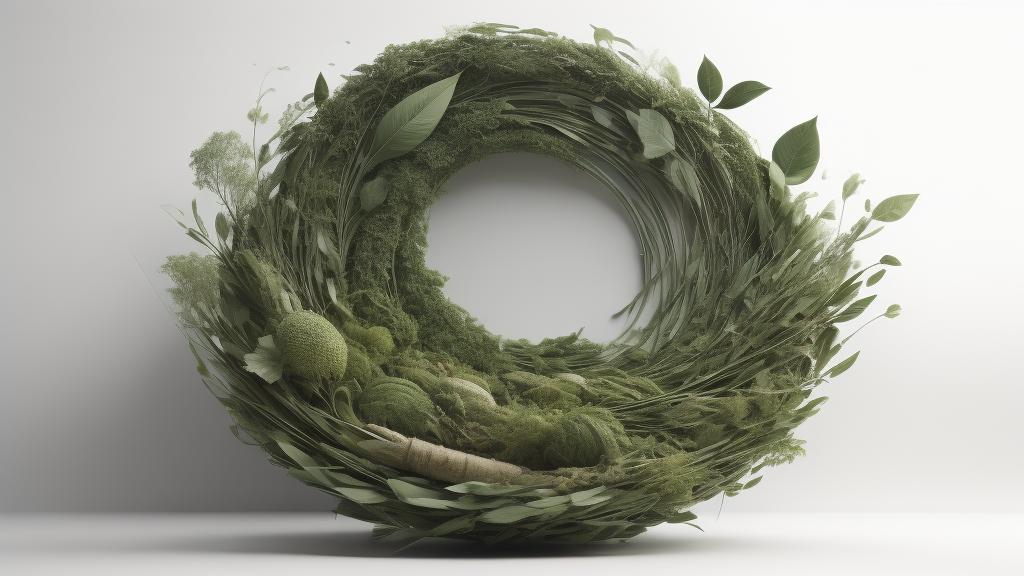In recent years, the fashion world has witnessed a seismic shift towards sustainability. Gone are the days when eco-friendly fashion was relegated to the fringes, perceived as dull or less desirable. Today, leading fashion houses and burgeoning designers alike recognize the urgent need to embrace sustainable practices, transforming them from mere trend into foundational tenets of modern design.
The journey to sustainability in fashion is multifaceted, encompassing everything from materials and production processes to ethical labor practices and environmental impacts. At the forefront of this revolution is the innovative use of sustainable materials. Brands are increasingly turning to organic cotton, recycled polyester, and even novel fabrics created from waste products like pineapple leaves and orange peel. These materials not only reduce the strain on natural resources but also lessen the environmental footprint of fashion production.
Moreover, the rise of circular fashion signifies a pivotal shift. This model encourages longevity and lifecycle thinking in fashion design, prompting brands to rethink their approach to creation and consumption. By emphasizing repair, reuse, and recycling, circular fashion aims to eliminate waste and establish a closed-loop system. Pioneers like Stella McCartney have championed this concept, blending high fashion with sustainable principles to produce garments that are both chic and eco-friendly.
Labor practices are another critical component of the sustainable fashion movement. As consumer awareness grows, so does the demand for transparency regarding where and how garments are made. Brands are increasingly held accountable for their factory conditions, labor wages, and overall ethical practices. Companies like Everlane have set a standard by offering 'radical transparency,' showcasing the true costs and origins of their products to consumers. This openness fosters trust and encourages more informed purchasing decisions.
The digital realm has also played a significant role in this transformation. Social media, influencers, and online platforms have become powerful tools for spreading awareness and advocating for sustainable fashion. Influencers like Aditi Mayer use their platforms to highlight ethical brands, educate their followers on sustainable practices, and critique fast fashion. Social media campaigns, such as #WhoMadeMyClothes, have further galvanized consumers to demand change from brands, pressuring them to address unsustainable and unethical practices.
Simultaneously, fashion tech innovations are pushing the boundaries of sustainability even further. Technologies like AI and 3D printing enable more efficient resource use and reduce waste during production. Augmented reality and virtual fashion shows have reduced the need for physical samples and shows, cutting down on the industry's carbon footprint. Brands like Balenciaga and Gucci are exploring the digital fashion space, offering virtual garments that consumers can purchase and wear in the metaverse, which eliminates the environmental impact entirely.
However, challenges remain. Many brands struggle with balancing cost with sustainable initiatives. Fast fashion, with its low price points and rapid production cycles, still dominates the market. Yet, as more consumers gravitate towards sustainability, brands are compelled to adapt or risk obsolescence. The fashion industry, notorious for its resistance to change, must continue to innovate and embrace sustainability not just as an option, but as a necessity.
Ultimately, the path forward requires collaboration and commitment across all sectors of the industry—from designers and manufacturers to retailers and consumers. As sustainability becomes an intrinsic part of the fashion lexicon, it promises a future where fashion can be both beautiful and beneficial for our planet.
The winds of change are tangible, and fashion's green revolution is just beginning. With continued innovation and determination, a sustainable fashion future seems not only possible, but inevitable.
The art of sustainability: exploring fashion's green revolution

